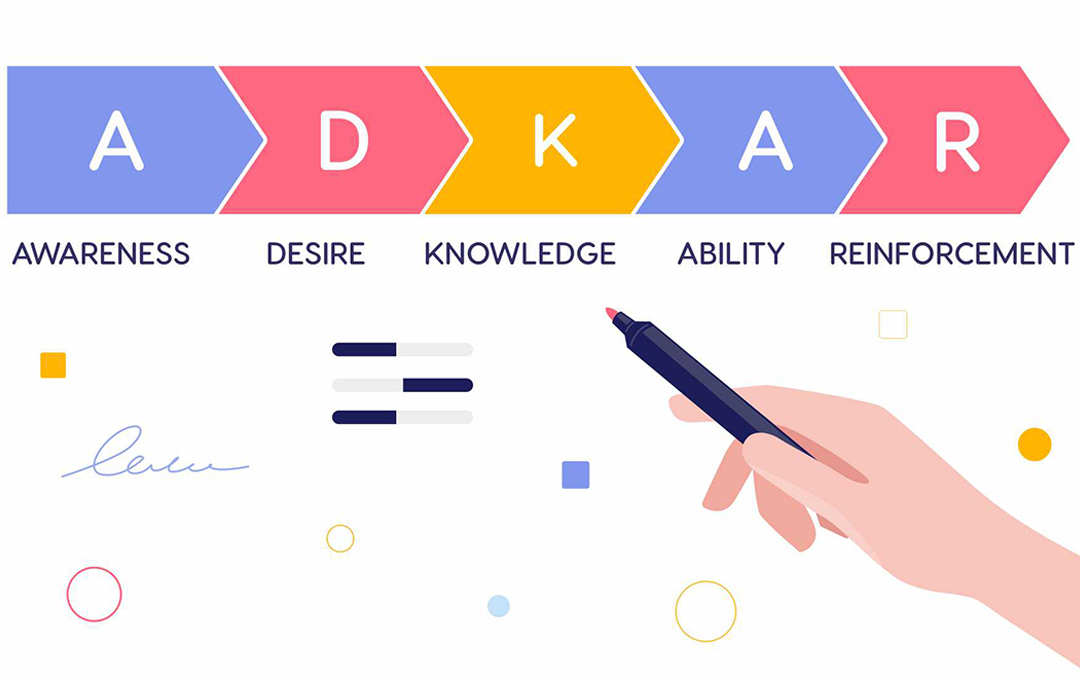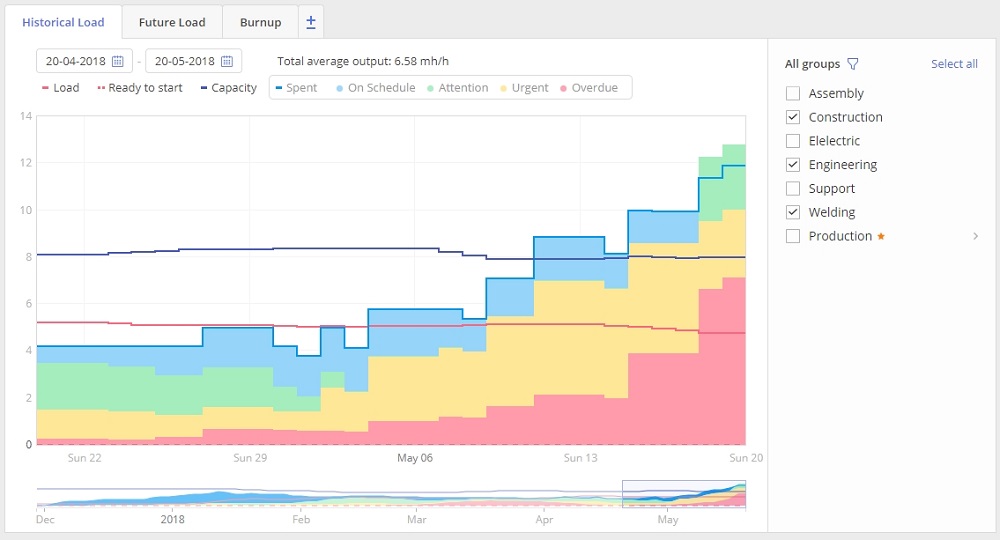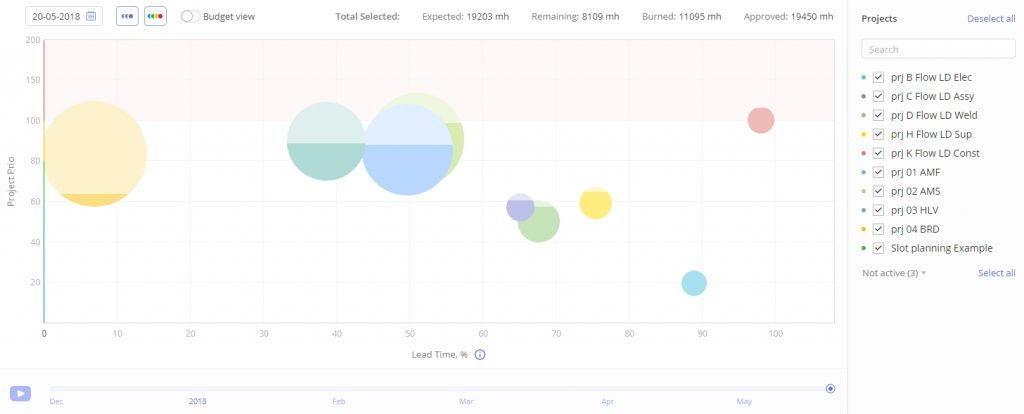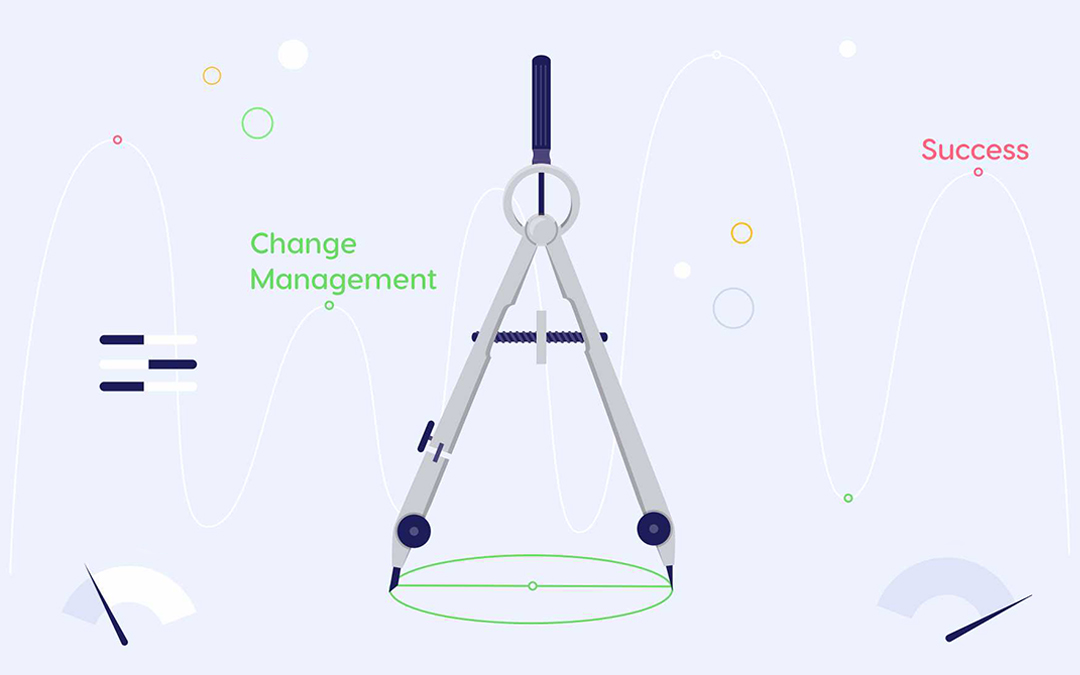“If you can’t measure it, you can’t improve it”
Peter Drucker, management author
No matter what change initiatives are, they must bring tangible results. It may seem the outcomes of effective change management are obvious – if positive transformations have happened, the process was effective.
However, the present-day ever-evolving business environment demonstrates that change management is rather a journey than a destination. So, there should be certain standards to assess its effectiveness along the way.
In this article, we’ll consider some essential metrics that can be used to assess the fruitfulness of change management efforts.
Defining Change Management Effectiveness: Different Dimensions
As long as change management is a comprehensive process, its assessment should cover multiple dimensions: how efficient the established process is, how people feel about transformations, what business outcomes have been achieved, etc. For the most part, change management measurements involve the applications of surveys, tests, observations, and various qualitative and quantitative assessments.
Based on the analysis of different approaches to measuring change [1-3], we’ve come up with the following assessment scheme.
Assessing performance

This part aims to measure performance at three levels – organizational, individual, and change management. The approach was developed by Prosci experts [1] based on change practitioners’ survey. Let’s take a closer look at each of the levels.
Organizational performance
Such an assessment makes it possible to determine whether the change initiative has led to the desired outcomes for an organization as a whole. To assess the organizational performance, the following metrics can be used:
- organizational performance improvements,
- business readiness for change,
- realization of change implementation benefit and ROI,
- speed of implementing change initiatives.
Individual performance
In fact, change management is mostly focused on the way people cope with transformations. So, measuring their progress can provide important indicators of the effectiveness of change initiatives. Change practitioners use surveys, observation, tests, and performance evaluations to gather the necessary data. The assessment of individual performance may include the following metrics:
- employee engagement and participation in change initiatives,
- people’s awareness and understanding of the change and its purpose,
- observations of behavioral change,
- feedback from employees,
- employee readiness for transformations and satisfaction level,
- the number of support requests.
Change management performance
This kind of assessment aims to determine the effectiveness of change management teams’ efforts. The following metrics can be used for this purpose:
- making sure that change management activities are conducted according to the plan,
- assessment of training attendance and its results,
- communication effectiveness,
- making sure that the change initiative is conducted according to the determined timeline,
- tracking progress,
- teams’ performance improvements,
- KPI of a change initiative,
- benefit realization and ROI.
Assessing achievements
It may seem that this assessment is the same as the previous one. However, assessment of accomplishments aims to answer the question: has a company achieved the intended results of change? These results may include:
- reduction of costs,
- revenue increase,
- customer satisfaction rate,
- efficiency of a company’s processes,
- decision-making time,
- employee productivity.
As long as change is often implemented as a long-term initiative, it’s reasonable to divide the achievement assessment into three components. First, you should determine your end goal – what the desired outcomes will be. Second, break down this major goal into mid-term achievements. It will allow you to make sure that your change process is on the right track. Third, determine your short-term outputs associated with the adoption of change.
Assessing people’s attitude and culture
This dimension makes it possible to determine how people in a company perceive change and its products, whether they are satisfied with its outcomes. It’s important to collect their feedback regularly to know their attitude, which in turn indicates the success of change management efforts. The following tools can be used for attitude and culture assessment.
Analysis based on the ADKAR model

ADKAR is one of the most popular change management models describing the main building blocks of change. These elements can be used as metrics for assessing change management effectiveness, namely employees’ attitude towards it:
- Awareness shows whether employees realize the need for change.
- Desire indicates people’s willingness to participate in change initiatives.
- Knowledge characterizes people’s awareness of the change process.
- Ability: are employees capable of implementing change?
- Reinforcement makes sure that change is accepted, new behaviors have been adopted, and there’s no returning back to the old practices.
Culture mapping
This tool involves engaging special teams to conduct sessions with employees from different departments. During these sessions, people can describe what they like and don’t like about the company’s processes and culture. The output of each meeting is a document that outlines employees’ vision of the desired outcomes and behaviors developed as a result of change initiatives as well as their enablers and roadblocks. Having summarized all this information, a company’s management can get an idea of how efficient the change efforts have been, their strong and weak points, and people’s attitude towards change.
Find out more recommendations on successful change implementation from our article: Change Management Best Practices: Overcoming Pitfalls of Change Implementation
The Role of a Resource Management Solution in Measuring Change Effectiveness
As a rule, change management and project/resource management go hand in hand: transformations are often implemented as projects. So, project and resource management provides change teams with necessary tools and data to make the “technical” side of change happen and ensure its efficiency.
In particular, a resource management solution can help change teams optimize the workflow and assess people’s performance. As an illustration for such a tool, let’s consider the functionality of Epicflow, a multi-project resource management software whose focus is on the most reasonable and efficient resource utilization across multiple projects. It can serve the following purposes of change management teams.
Assessing people’s performance
Similarly to any other project, when implementing change initiatives, it’s extremely important to assess how team members cope with their work. Epicflow provides data regarding the output delivered by teams in relation to their capacity, which gives a clear understanding of their efficiency. Analysis of these indicators will make it possible to reveal bottlenecks that prevent employees from being efficient, which will become the basis for further workflow improvements. The Historical Load Graph presented in the image below is one of the tools to assess the teams’ performance.

Providing insight into project health
Regular monitoring of the current state of projects in your environment is an important prerequisite for successful implementation of your initiatives. In Epicflow, this information is accessible in a few clicks. For example, the Bubble Graph makes it possible to monitor the state of projects regarding time and budget constraints – how much time is left, and how much work is to be completed. If there are any threats to the projects, it will immediately inform you of them.

Read more: Bubble Graph: Critical Chain Fever Chart Re-Imagined
Increasing teams’ productivity
In addition to assistance with performance assessment, Epicflow can contribute to higher efficiency of team members owing to their workload optimization. In particular, it detects both over- and underload (idleness) that both are productivity killers: e.g., even one overloaded employee can become a bottleneck for the whole project environment and significantly reduce the whole team’s efficiency. Also, Epicflow serves as a resource allocation advisor: its Competence Management functionality analyzes employees’ skill levels, capacity, and availability and suggests best possible variants of resource allocation.
To sum up, a resource management solution cannot provide a comprehensive assessment of change management effectiveness, but it’s a valuable tool that provides insight into project performance and essentially contributes to teams’ productivity growth.
Contact us if you’d like to learn more about Epicflow’s functionality and how it can contribute to successful change implementation.
References
- Metrics for Measuring Change Management. Prosci.
- Wendy Hirsch. (2020). Change Management Metrics – A Simple Framework. Wendy Hirsch. The Art and Science of Change.
- Futcher, Chris. (2020). How to Measure Change Management Effectiveness: Metrics, Tools, and Processes. Cavendish Wood.

